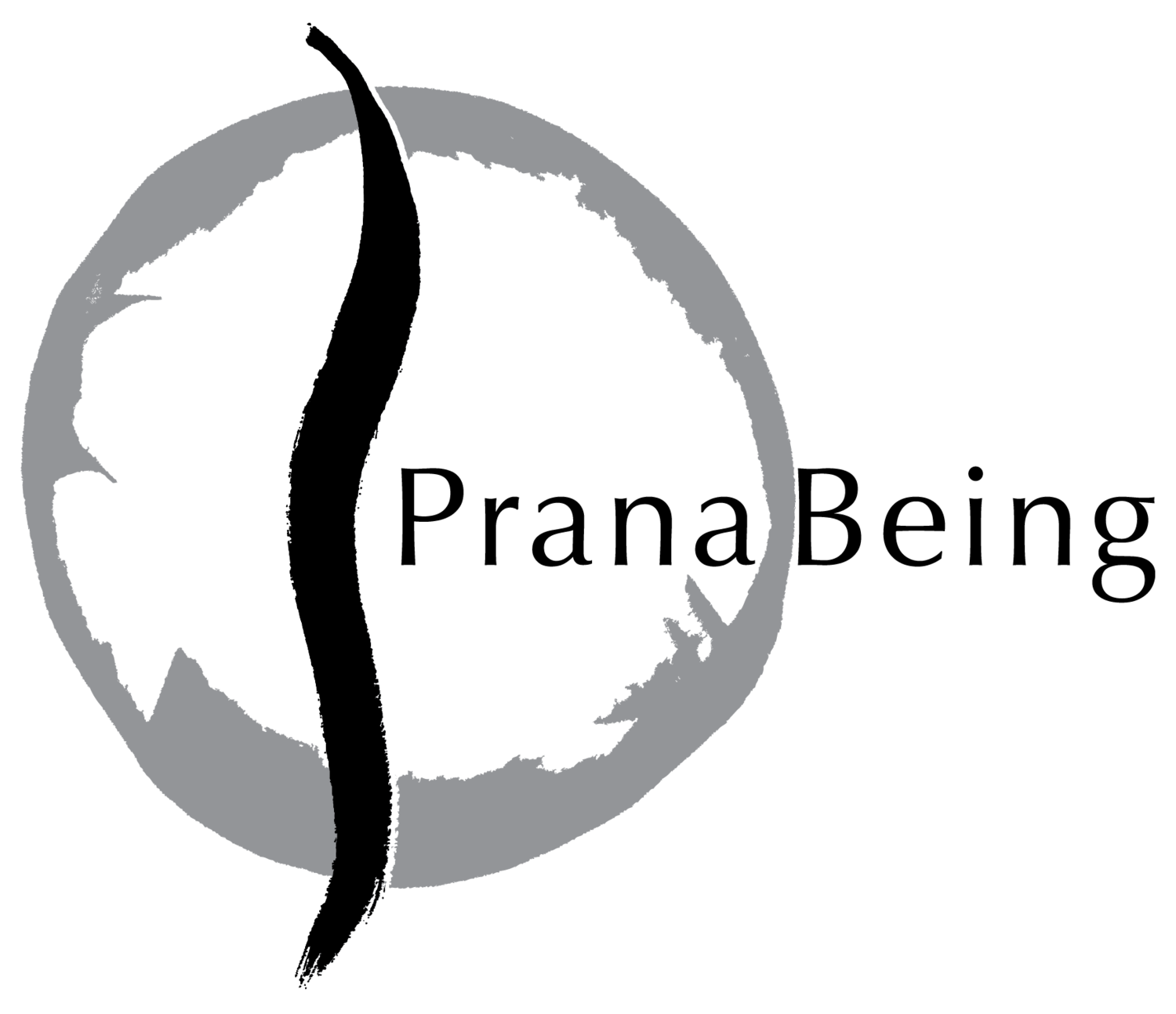
Exploring the workings of health, harmony, integration, and liberation.
Something You Do Every Day
Here is a practical, simple, and powerful experiment to support your health.
Notice how you eat. That’s right. I said “how.”
Become aware of whether you are wolfing, nibbling or shoveling.
Do you take time to see, smell, and taste your food? Do you ever give thanks for or bless your food?
Are you reading/listening/watching/getting up intermittently to do chores while you are eating?
Are you eating while driving or commuting?
Do you eat when you are hungry (or when you’re not really hungry)?
Do you wait until long after you have been hungry to finally eat?
Where are you eating? What kind of environment is it (loud or quiet, chaotic or serene)?
Are you having difficult or disturbing conversations or laughing a lot while you eat?
Are you eating to reward yourself? Or to punish yourself?
What is your emotional state and what are the thoughts in your mind?
What do you do right after you eat?
Become a curious observer and notice the qualities of your eating environment, temperament, methodology. Set aside for a moment the fixation on what you are eating and for the next week just focus on how you are eating.
The key here is acutely attentive self-observation without judgment. Be scientific, unbiased. Simply observe and see if you can discover habits and behaviors that you may not have been totally conscious of before. This is self-empowerment. If you jump right into making yourself wrong, you will never feel safe enough to become conscious of what you are doing.
Take five minutes over the course of the next week to jot down or voice record your observations. Self-study is made much more powerful by getting the insights out of your head where you can see or hear them.
What are the predominant qualities you notice in regards to how you eat?
Do you notice these same qualities in other things you do besides eating?
How are these qualities influencing the way you feel throughout the day?
These qualities are important clues that will help you to modulate your health. Leave a comment and share what you discover.
Being Right
We emphasize fact-finding and pride ourselves on being right. We want to eradicate what is wrong. We are so annoyed when people with views totally opposed to our own share the same zeal for rightness as we do—and they have their own arsenal of facts to prove it!
We hustle to align ourselves with the right people/decisions as we distance ourselves from the wrong ones. And when we are made to look wrong or feel wrong, we despair.
We swim in a sea of human-generated facts and information that grows exponentially by the moment. We frantically scramble to gather more facts—to “educate” ourselves—as if to build an unequivocal shelter. Yet at any time, what was right can become wrong and our house of cards comes tumbling down. We become alienated and confused. We forget that all this is mind-made stuff.
The truth remains simple, timeless, and unfathomable.
So far as human history can tell, right never vanquishes wrong; they co-exist, bound together like day to night.
Out beyond ideas of wrongdoing and rightdoing, there is a field. I'll meet you there.
When the soul lies down in that grass, the world is too full to talk about. Ideas, language, even the phrase “each other” doesn't make any sense. - Jalaluddin Rumi
Consider that there is a way to BE right.
Consider that there is a part of you that is rooted in deep knowing of what is right, good, and true. Hint: it is not competing with the many other voices clamoring for attention. This is a vast, quiet presence. Like an ancient, giant tree, this part represents steady wisdom. It does not cower; it has no need to defend itself, justify, or prove. It is connected to truth just as the tree is connected through mycelium to the whole forest and beyond. It knows what is right by feel.
Instead of looking outward to make the determination, instead of contrasting right against wrong in search of clarity, the access to this way of being is through tapping into your roots, listening… going deeper…tapping in…listening…refining…
How do we tap in?
Start by learning how to turn your attention inward and relax. When we reconnect with ourselves, we find the path toward freedom. If you want to explore this, visit PranaBeing on InsightTimer (it’s free) and start practicing.
Would you rather be happy or would you rather be right?
Yes.
No End in Mind
I studied avidly with Gurudev Shri Amritji for 17 years and worked closely with him on his writings for seven years. For me, the Integrative Amrit Method, a system unpacked from Gurudev’s pivotal awakening experience in 1970, is a vehicle for transmitting the experience of Yoga as well as understanding key principles that guide ever-deeper exploration. These teachings are foundational to my own approach to life.
One morning we were working on a piece of writing together. The desk his office looked out through floor-to-ceiling glass doors onto massive live oak trees and enchanting gardens in the Ocala National Forest. Suddenly, Gurudev paused and looked outside for several moments.
“Look at that squirrel,” he said finally. We watched the animal leap and scurry about high up in the oak canopy. “No end in mind.” Gurudev said, with delight in his voice. He promptly returned to dictating.
He was offering me a clue.
The squirrel was simply being. It did not have an agenda; it was not stressing to get done with leaping so that it could do something else. The squirrel was the embodiment of pure life expression, doing what it was doing “with no end in mind,” just for the pure joy of it.
Another dear teacher, friend, and colleague of mine, Hansa Knox of Prana Yoga and Ayurveda Mandala , says it this way:
In the being, the doing gets done. - Hansa Knox
One powerful hypothesis proffered by Yoga is that by learning to gather and focus attention in the present moment, fully experiencing what is unfolding from moment to moment and releasing concern for the end result, we can experience bliss even when we are engaged with an activity that we don’t especially like.
This is true freedom. Detrimental stress comes from comparison and anticipation, from being divided in the moment. To the extent we can be fully where we are, doing what we are doing, without concern for past or future…we are happy and we are free.
Try it. See what you discover.
When is the last time you attempted to do something solely for the sake of doing it, with “no end in mind?”
Show up
The Rocky Mountain Loop from space: the first time I saw our proposed route on satellite, I knew we had to try to ride it.
This summer I spent 113 days riding a bicycle around the Rocky Mountains. And I do mean around. You can check out my Facebook feed to read about the journey. I spent the first five months of the year helping my mom through a severe health crisis.
Sometimes we have a choice as to whether to show up, and sometimes we don’t.
Sometimes we’re just in it.
The challenge we are facing might be the obvious result of our own choice—as in my case with the bike adventure—or it could be a culmination of unknown variables resulting in a dire and non-negotiable situation, as with my mom.
Some things I learned over the last few months:
The choice in any given moment is to show up or give up.
Even if we give up, the experience at hand will still play out (i.e. have its way with us). This means giving up does not guarantee escape.
We don’t have to be perfect, happy, have our shit together, or be superlative in any way in order to show up.
When we choose to show up, something happens. Life responds, inside and outside.
We can give in and show up. Surrender is not the same as giving up. Sometimes giving in is the only way we can show up.
Showing up is the opposite of avoidance. With practice, tools, and support, showing up can teach us how to stop disassociating in the face of things that scare us. As we explore in the practice of asana (postures), showing up is coming to your edge. Breathing there. Not backing away; not pushing.
The breakthrough can only happen if you show up.
In my experience, when we show up, the breakthrough will happen. It’s only a matter of time.
Inputs
Ayurveda asserts that one of the three pillars of health is aahara, inputs. This is commonly translated as “food.” But inputs actually comprise much more than what we put in our mouths. Inputs include food, water, breath, and perceptions.
Consider that everything we take in physically, through sensory experience as well as through the mind, is an input to our system. Every input is subject to the process of digestion.
These two factors—the inputs, and the capacity to digest—determine the outputs.
Outputs include body tissues, thoughts, emotions, and actions.
When you want to make any change in your health, relationships, or your capacity to perform action, look to your inputs.
What are you taking in as food, water, breath and perceptions? How is it supporting or undermining you?
If you want to learn more about how to optimize your inputs toward actualizing your desired outputs, consider inquiring about an Ayurvedic Health Consultation.
Leave a comment below: what inputs are supporting you? Which ones are undermining you? Can you see how your inputs are connected to the quality of your body tissues, mental and emotional default, and your capacity to perform action?

